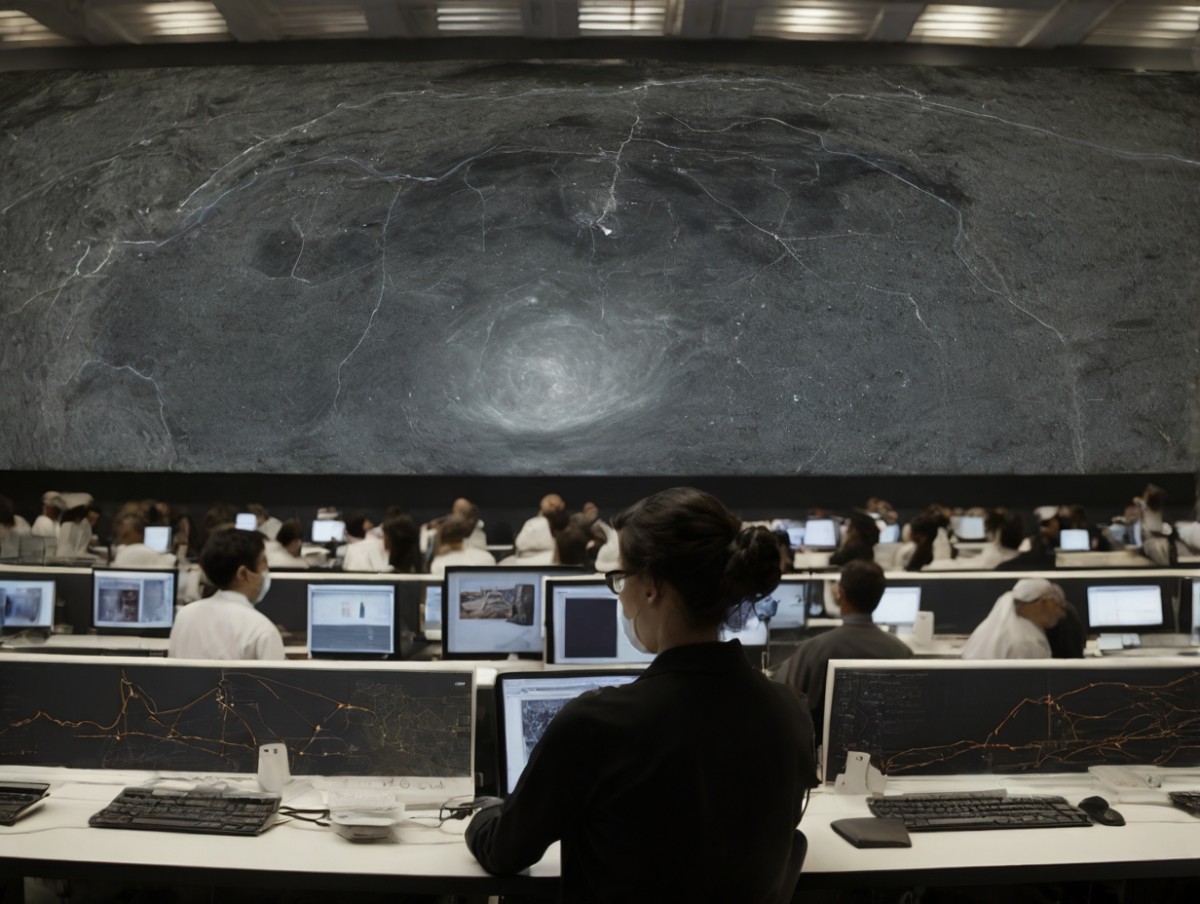A recent incident has raised significant concerns about the integrity of scientific publishing in the age of artificial intelligence (AI). A study published in the Frontiers in Cell and Developmental Biology journal featured images unmistakably crafted by AI, prompting questions about the effectiveness of peer review processes.
AI’s infiltration into scientific research
A sharp-eyed member of the public flagged a now-retracted study that showcased images bearing telltale signs of AI creation. These images, while attempting to appear scientific, were instead composed of nonsensical diagrams accompanied by perplexing labels. Notably, one image depicted a rat with anatomical proportions far beyond reality.
The study, credited with the AI-generated images from Midjourney, made its way past the supposedly stringent peer review process and into publication, raising eyebrows regarding the reliability of academic scrutiny.
Peer review issues prompt community backlash
In a surprising twist, the authors of the paper openly acknowledged the AI’s involvement, yet the journal proceeded with publication. This blunder has ignited criticism regarding the efficacy of peer reviews, with one observer labeling them as “useless” in light of this oversight.
The fallout from this incident has sparked broader conversations about public trust in scientific institutions. Concerns have been voiced regarding the potential erosion of trust, particularly amidst ongoing efforts to sow doubt by certain political factions.
The journal’s response to the controversy attempted to shift focus onto the virtues of community-driven open science. They expressed gratitude for the scrutiny received and suggested that community feedback aids in rectifying errors swiftly. However, such attempts at damage control may not assuage the growing skepticism surrounding the peer review process.
The pervasive reach of generative AI
This debacle underscores larger questions about the role and impact of generative AI. While its intended purpose may not align with the creation of misleading scientific imagery, the technology’s ubiquitous presence poses risks.
From scientific publications to commercial platforms like Uber Eats, AI-generated content permeates various facets of modern life, often blurring the lines between authenticity and fabrication.





